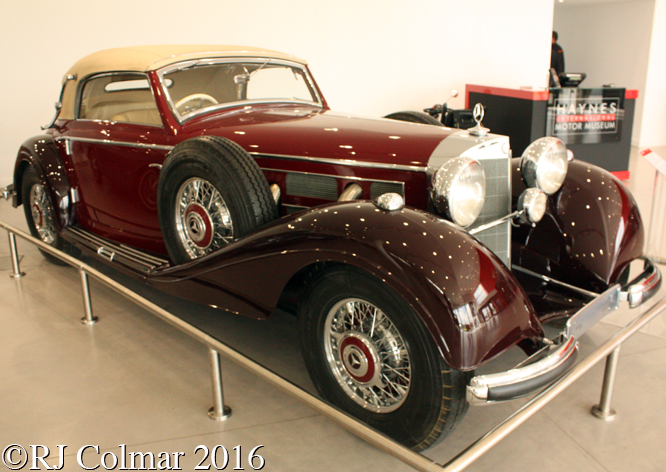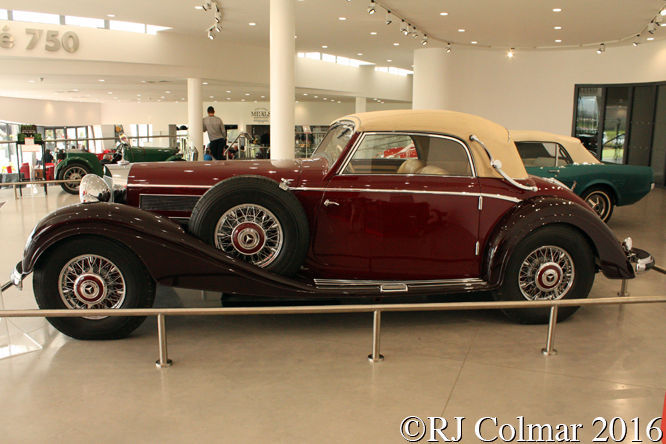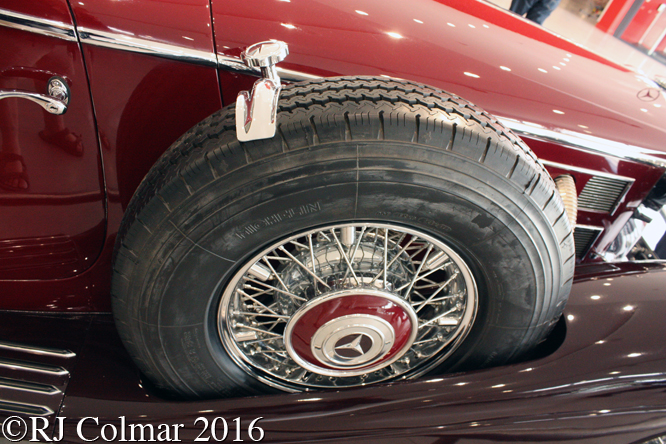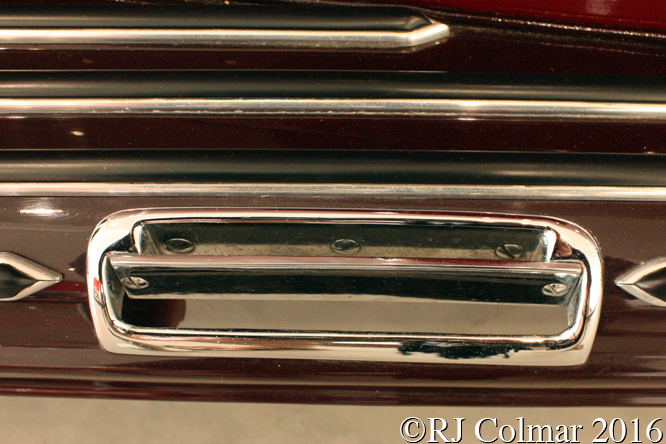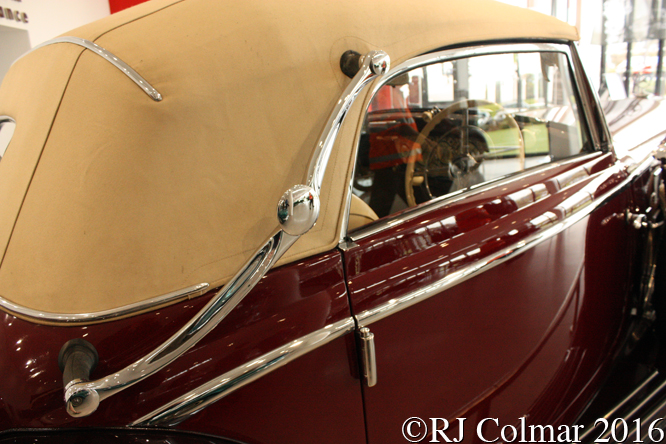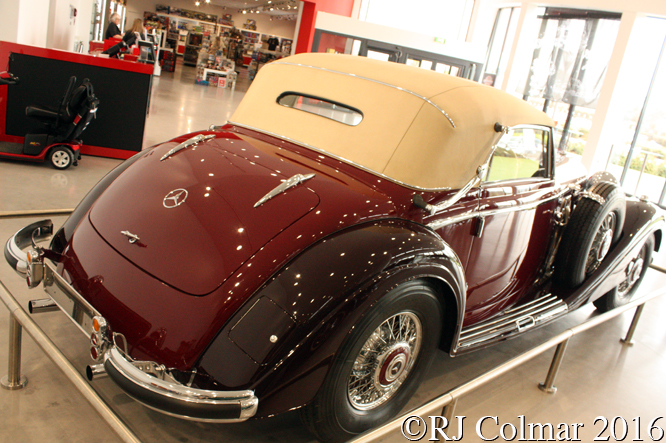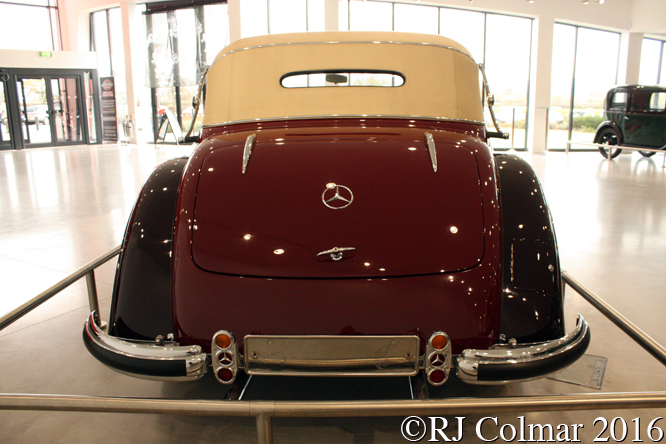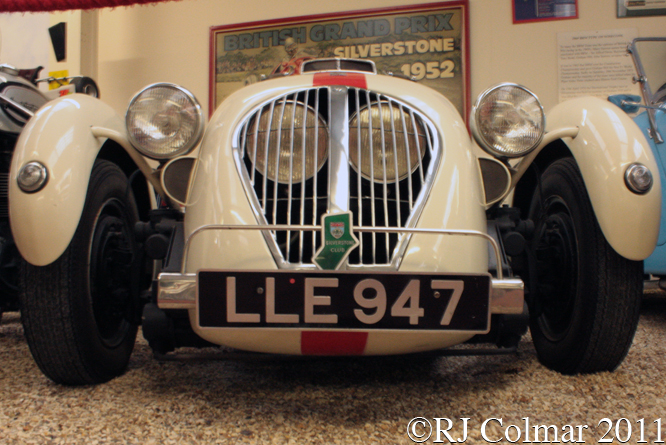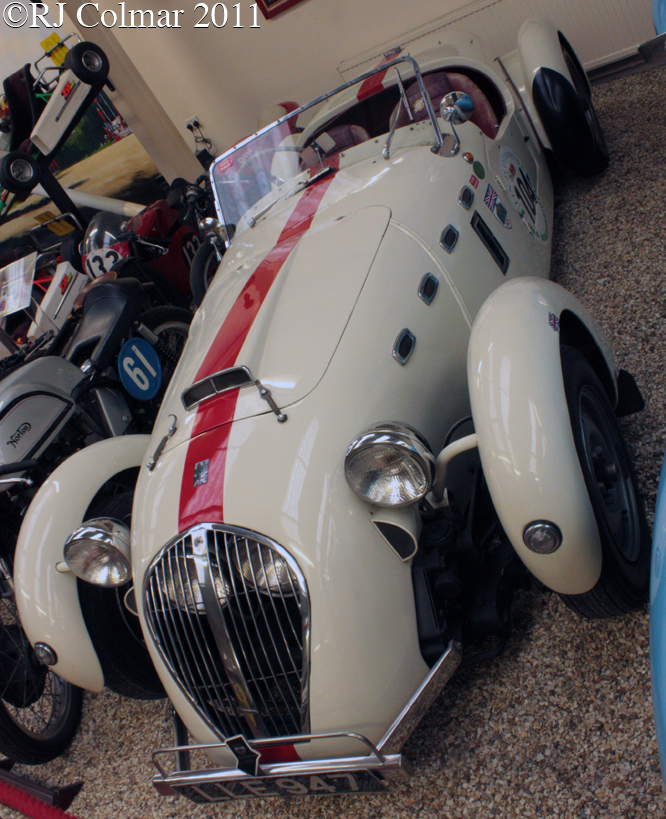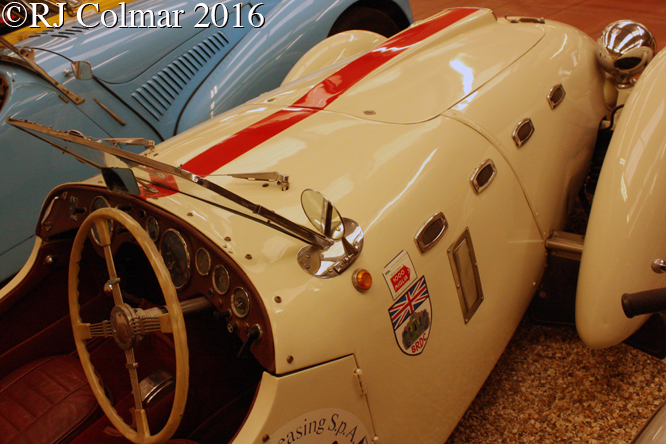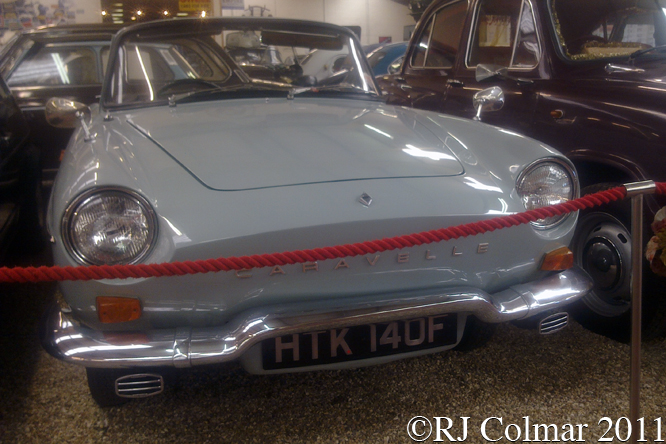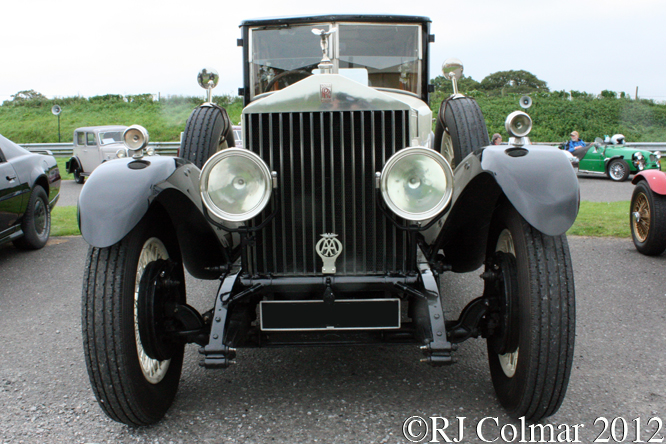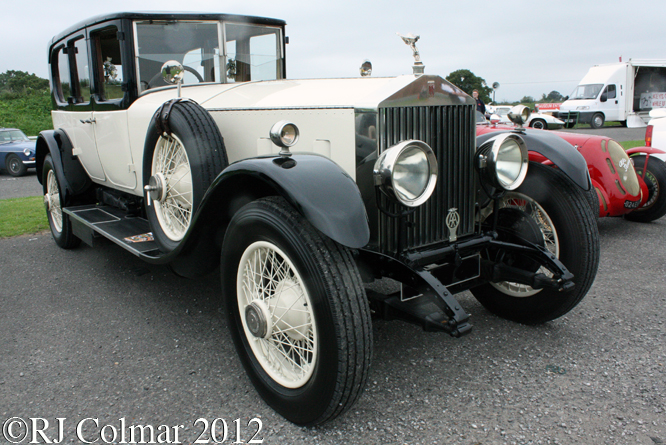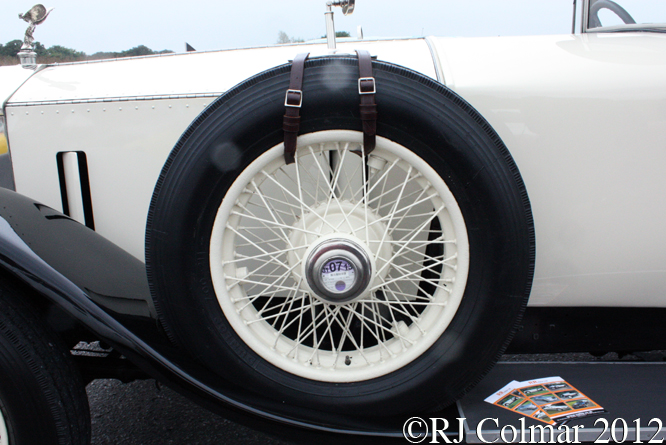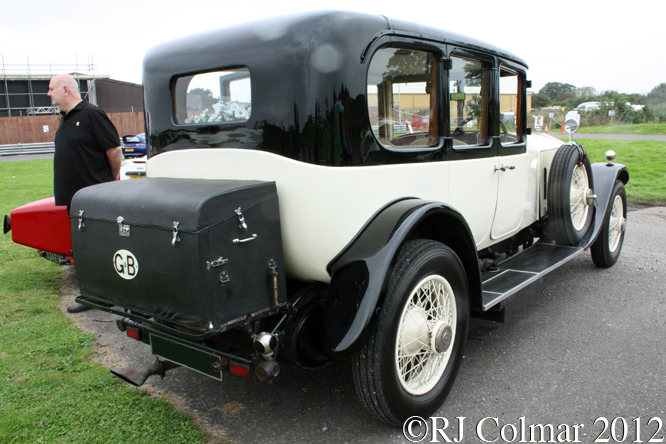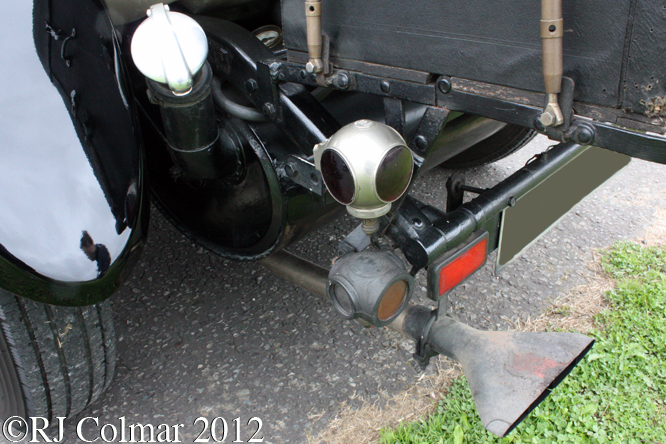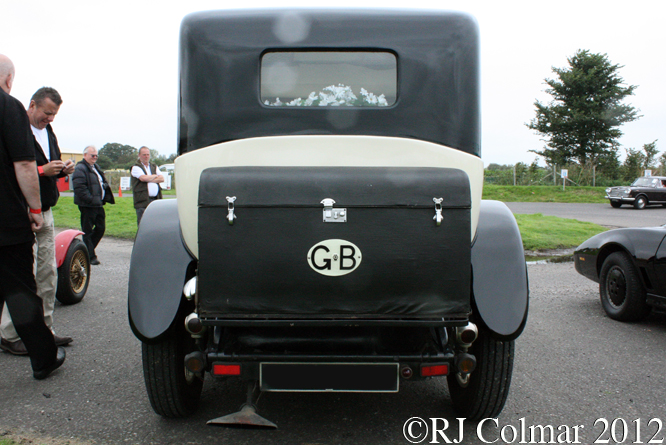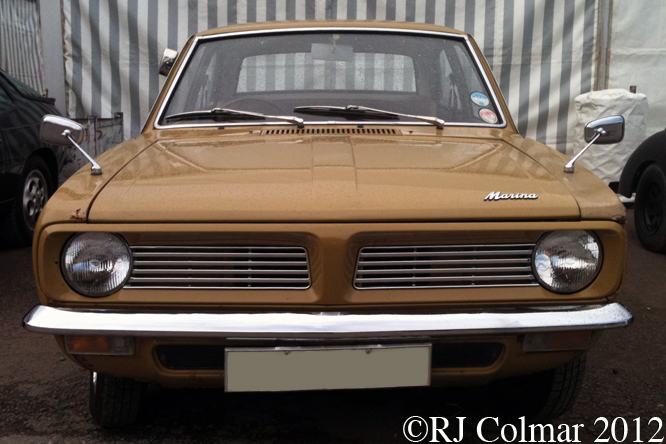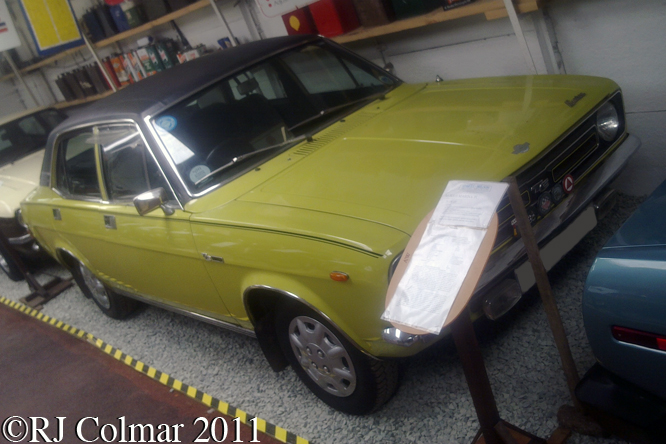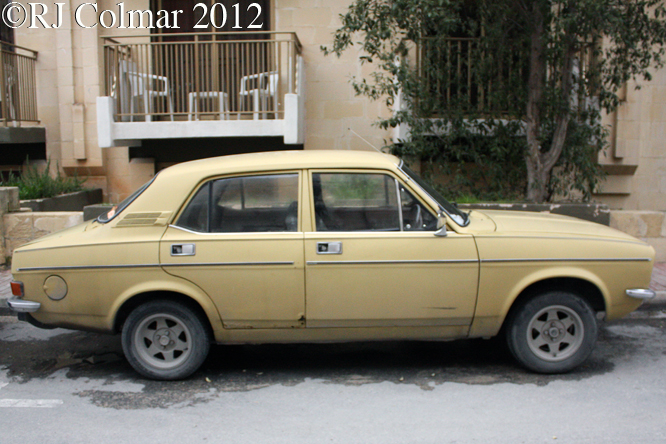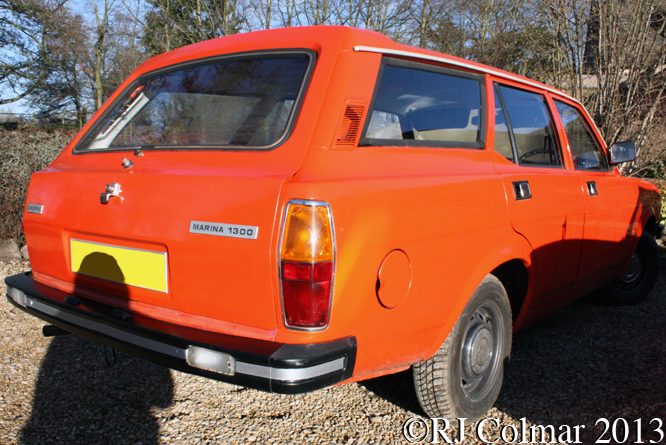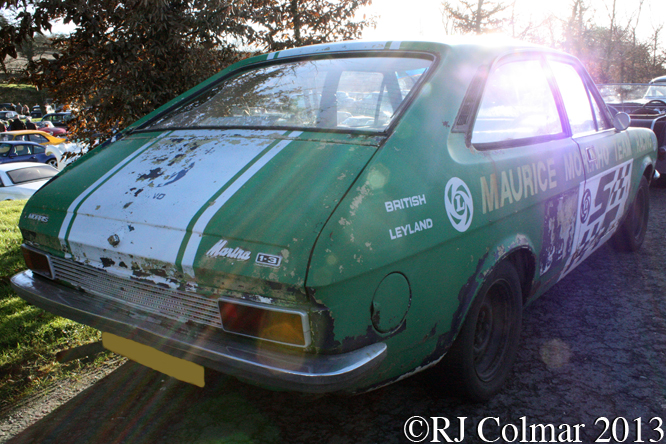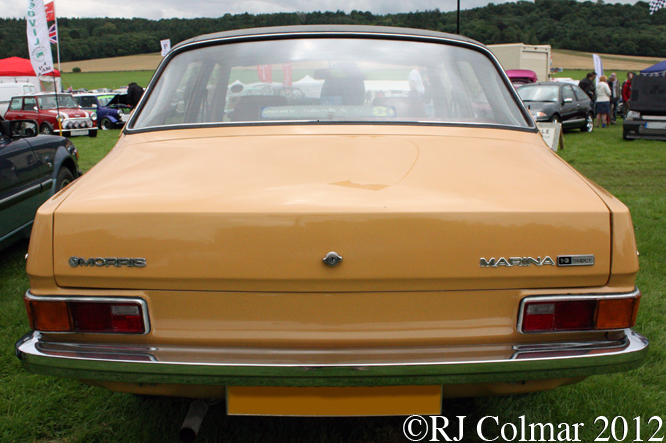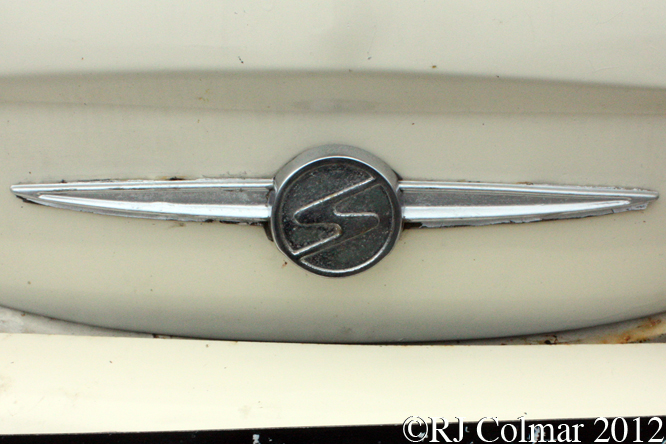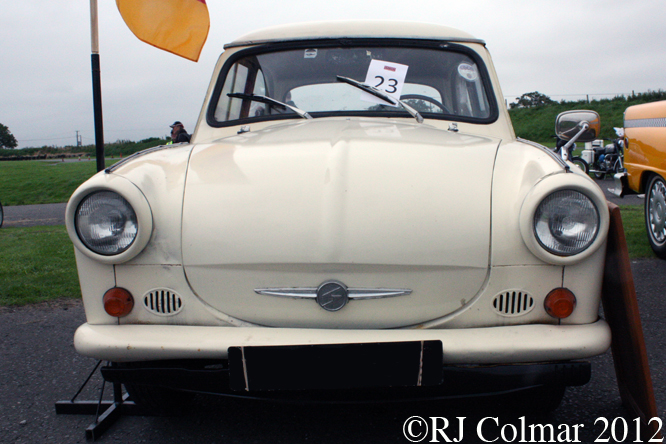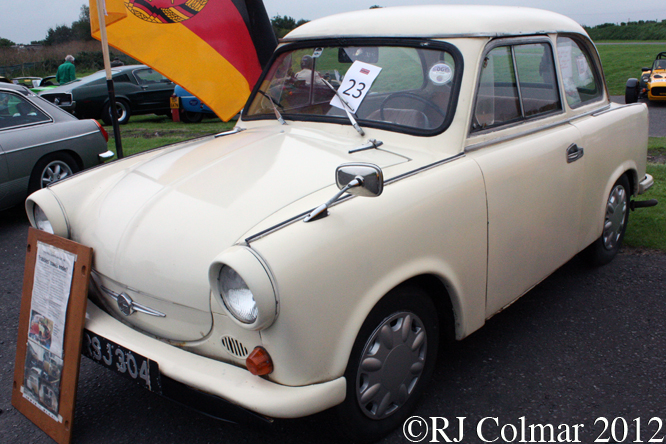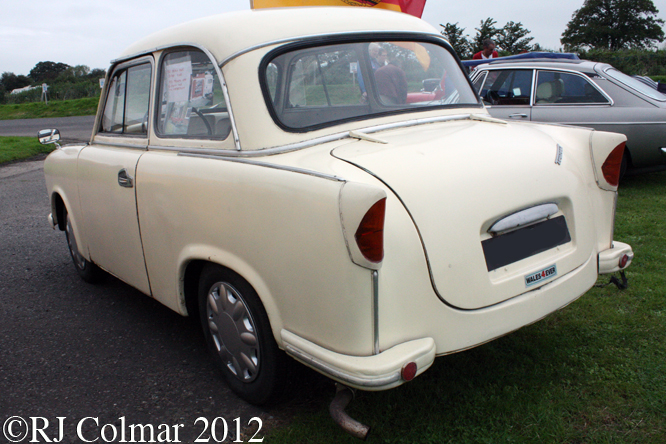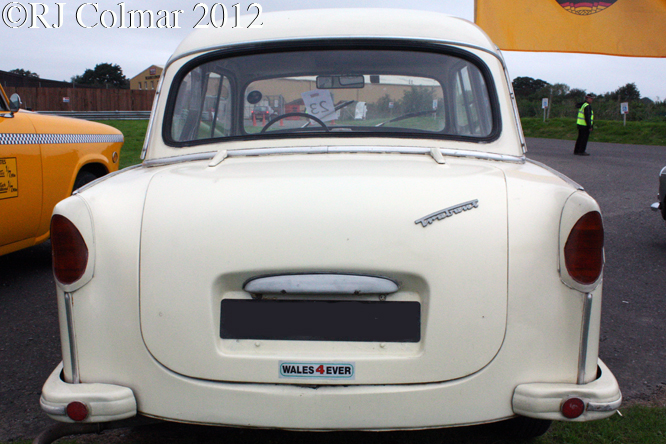Last week I popped down to the Haynes International Motor Museum in Sparkford, Somerset to look at some of the over 400 cars collected by John H Haynes, OBE.
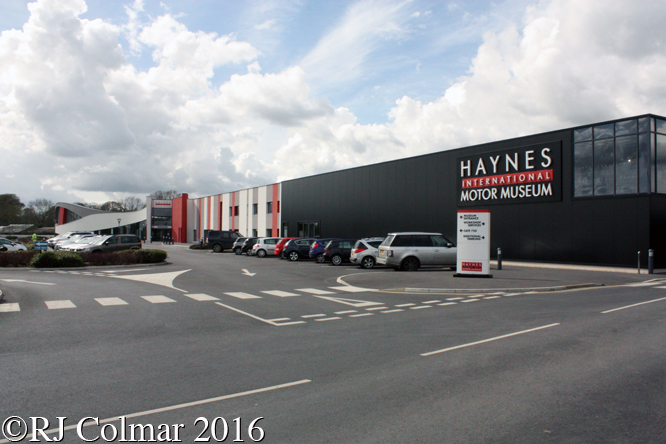
John’s interest in cars started with a Morris on his parent’s tea plantation in Ceylon, now Sri Lanka, and by the time he was 15 at school in England he had built himself an Austin Seven Special like the one seen below.
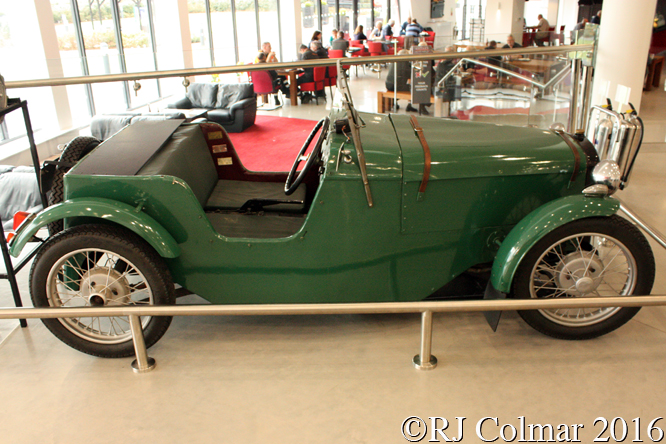
When he came to sell the car, with a two line advert in MotorSport magazine, he was overwhelmed by the 150 responses he got, after selling the car John wrote a 48 page booklet about building specials with his own illustrations then printed off 250 copies which sold in ten day’s.
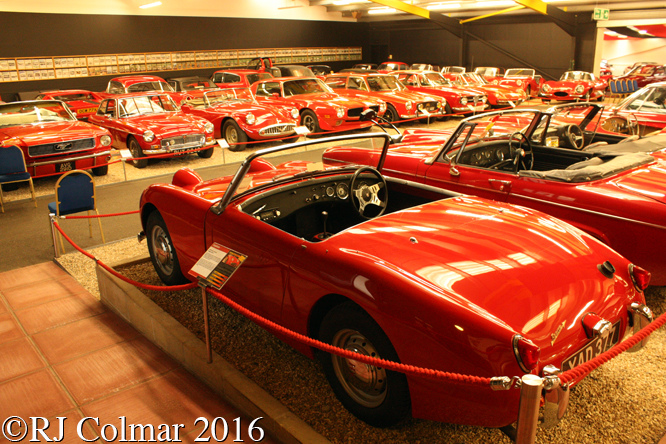
Having learned his first lesson in selling unique information John was sent to Aden while serving in the Royal Air Force and there he helped a friend maintain an Austin Healey Frogeye Sprite, like the one seen in the Red Room, above and decided that the British Motor Corporation Manual could be improved upon and ended up photographing all the parts on his kitchen table for his first Haynes Workshop Manual selling all 3,000 copies in just 3 months.
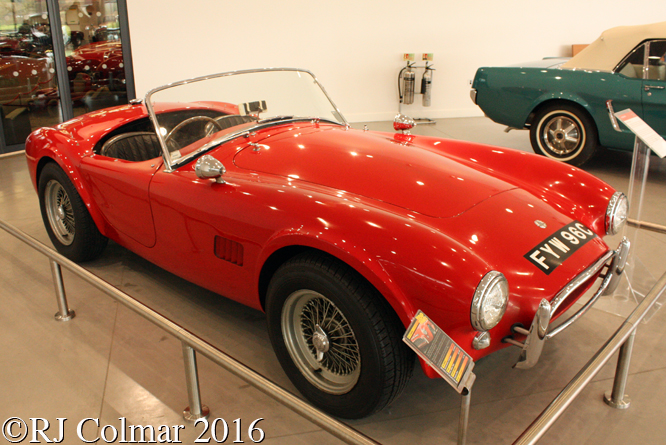
Since then Haynes Publishing have published over one thousand different Workshop Manuals which have sold over 7 million copies world wide, among the favorite of the many cars John has owned since then is the 1965 AC Cobra above.
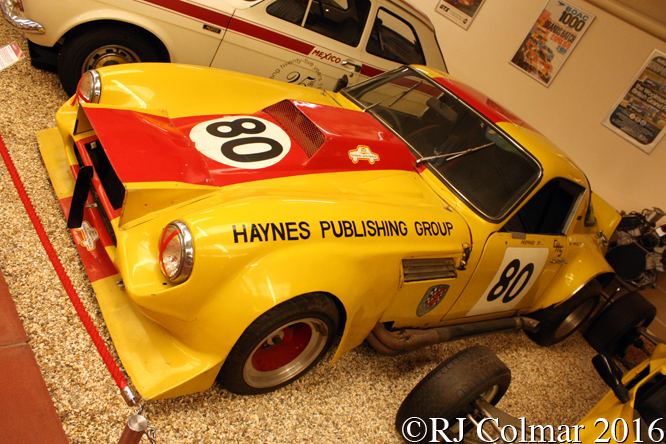
John had this 1968 TVR Tuscan fitted with a 350hp Holman Moody V8 and competed in it in Sprint events with John Blundell, he recorded a win with it in the last Yeovilton Sprint and a Fastest Time Of The Day (FTD) at the much missed Weston – Super – Mare Speed Trials.

In 1987 John took delivery of his specially ordered Bentely Continental with a Mulliner Park Ward convertible body painted in Royal Blue and Regal Red Connolly leather interior, note the registration number is appropriate for a man who made his fortune in publishing Workshop Manuals.
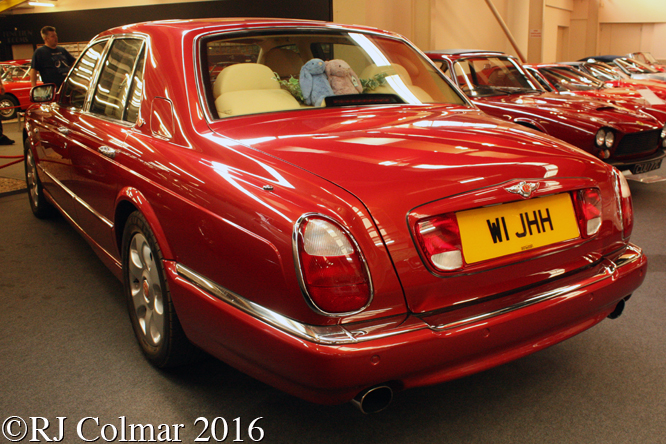
John and I have at least one thing in common we both own cars built in 2000, I maintain mine with the help of one of his excellent manuals his is this Bentley Arange Red Label fitted with a 400hp Cosworth tuned 6.75 litre Rolls Royce V8.
Thanks for joining me on this “Unique Information Entrepreneur” edition of “Gettin’ a li’l psycho on tyres” I hope you will join me again tomorrow when I will be looking at another Packard, don’t forget to come back now !



